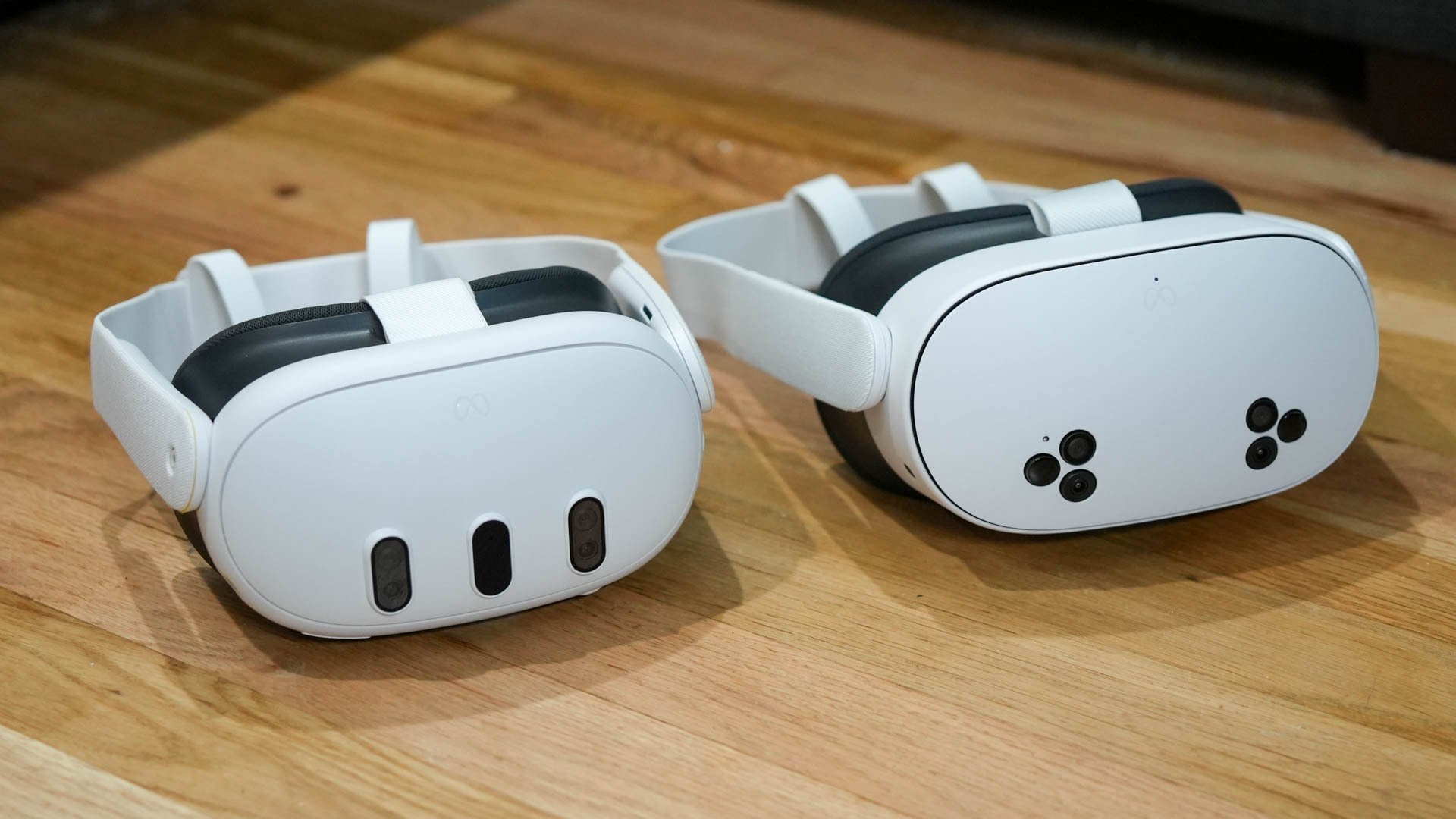
There are so many differences between the Meta Quest 3 and the Meta Quest 3S, starting with the lenses. The Meta Quest 3 uses the pancake lenses, which offer a nice and stunning display. The 3S, however, uses the Fresnel lenses, which are the same ones used on the Meta Quest 2, the predecessor of the Meta Quest 3. Both headsets use full-color passthrough cameras. They both have 8GB of memory and use the same processor, which is the Snapdragon XR2 Gen 2, and come with the same controller, which is the Meta Quest Touch Plus controllers. The Quest 3S is 20% slimmer than the Quest 2, but the Quest 3 is 30% slimmer than the Quest 2. The Meta Quest 3S has a battery life of 2.5 hours, although the Meta Quest 3 has a battery life of 2.2 hours. The 3S has a FOV of 96° while the 3 has a FOV of 110°. The 3S has a high-definition display with 1832x1920 pixels per eye. The Quest 3 has a stunning 4K display with 2064x2208 per eye resolution. Meta acquires this display by using what’s called the Infinite Display by stacking 2 twin-element lenses together, which makes a stunning display that’s what makes the Quest 3 so much more slimmer than most VR headsets out there while keeping the 4k display. I love both the Meta Quest 3 and 3S. The 3S is pretty light, but it is a bit big for the strap that it comes with. I don’t like the default strap the Quest 3 and 3S come with. I find it mildly uncomfortable with the default head strap due to its size. Although I don’t mind it as much on the 3, due to it being much more slimmer and lighter, I find that the Meta Quest 3 has a sharper display than the 3S, but the 3S is a good headset to play long times with if you get a different, more comfortable head strap.